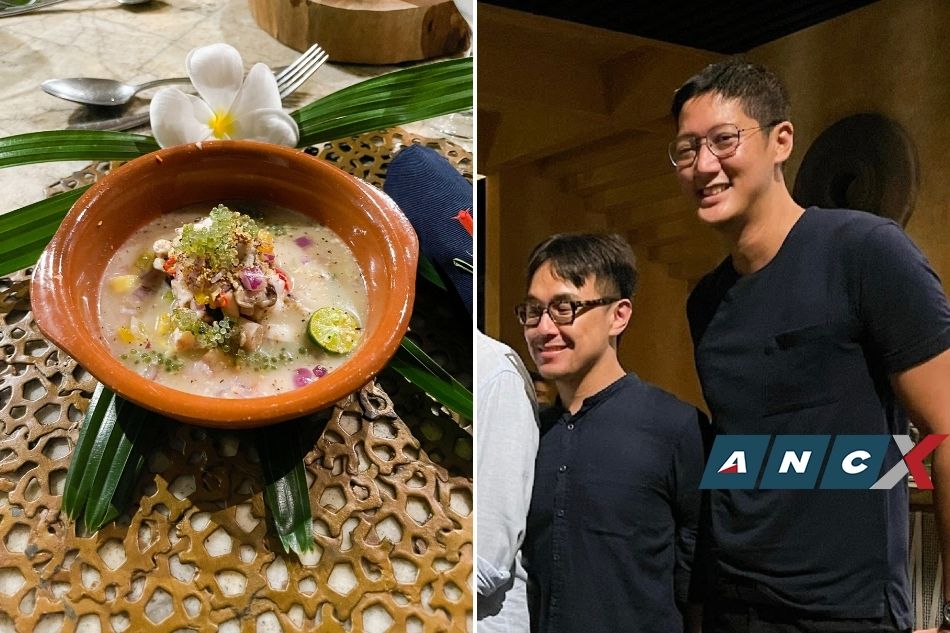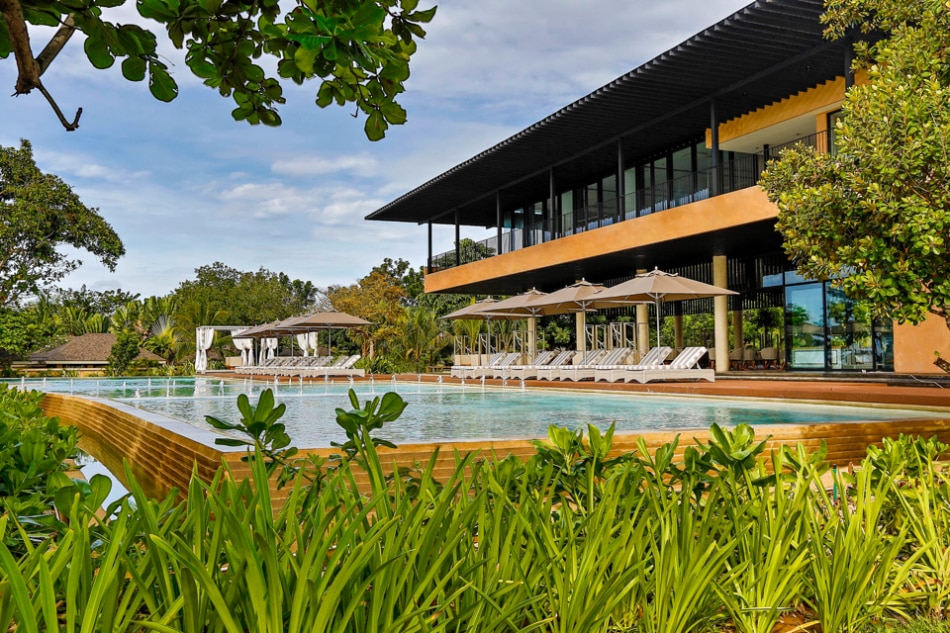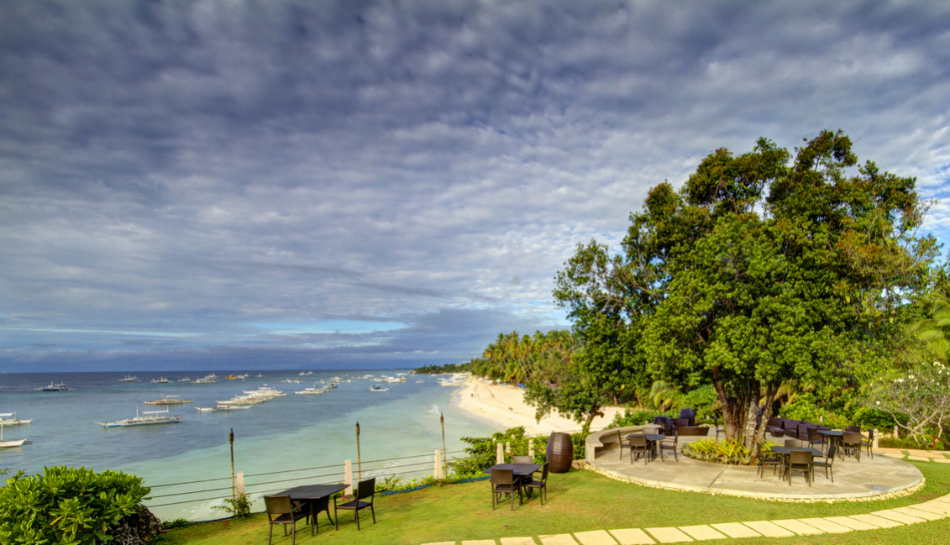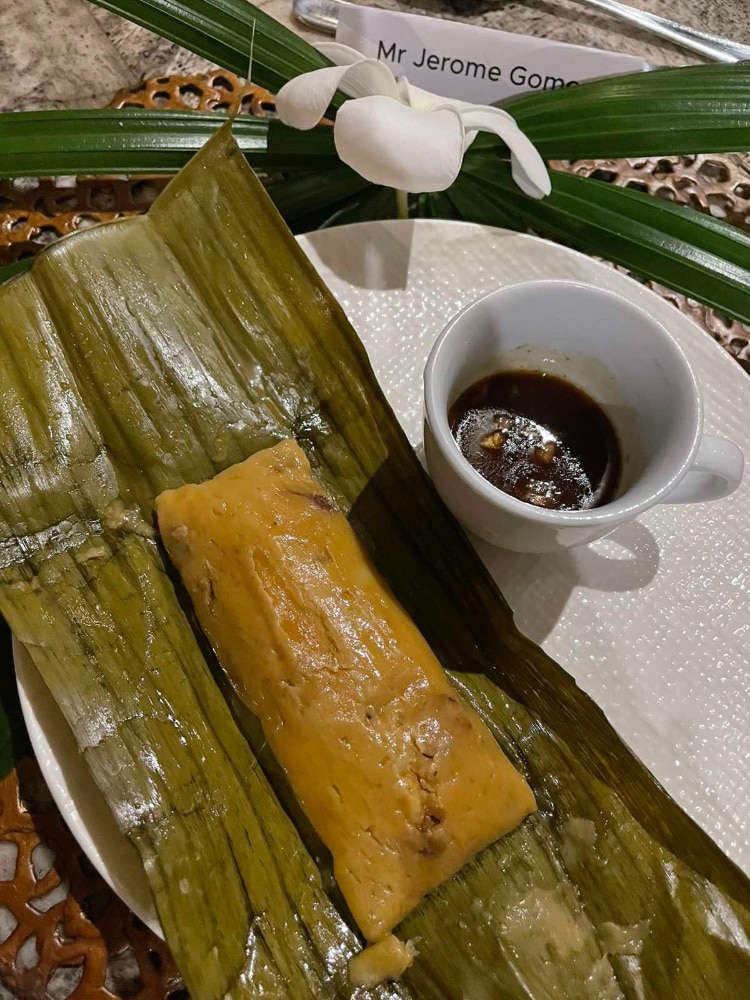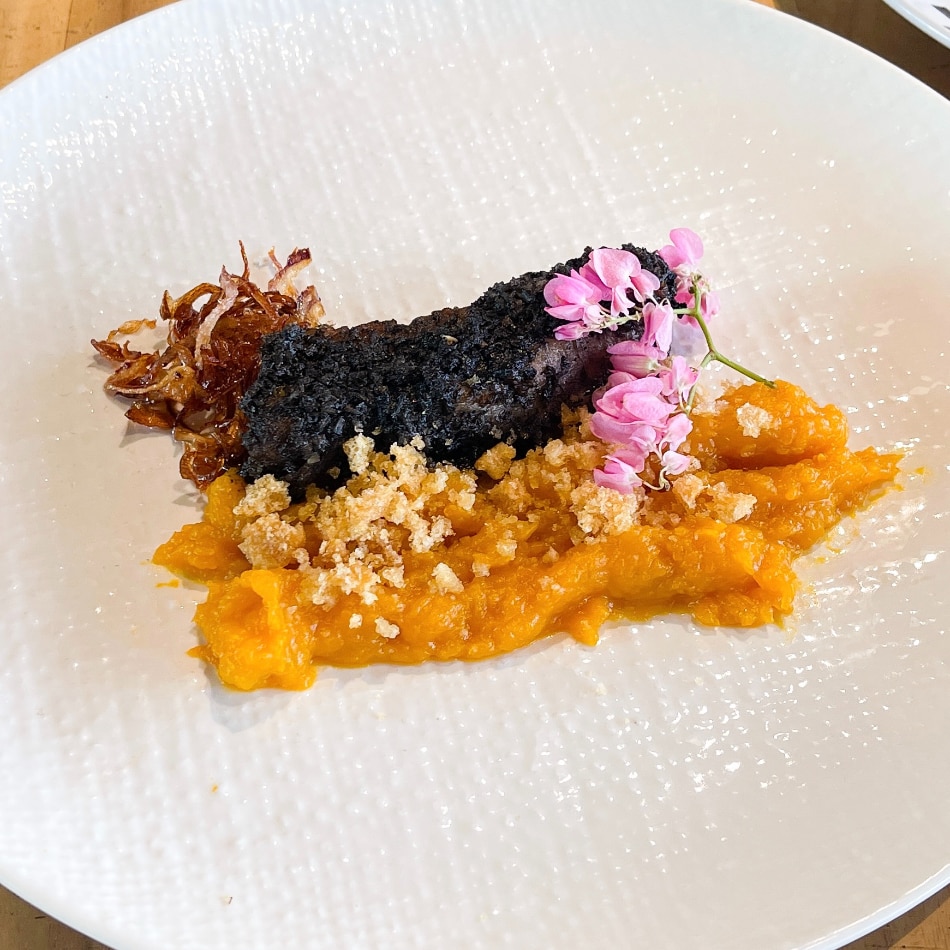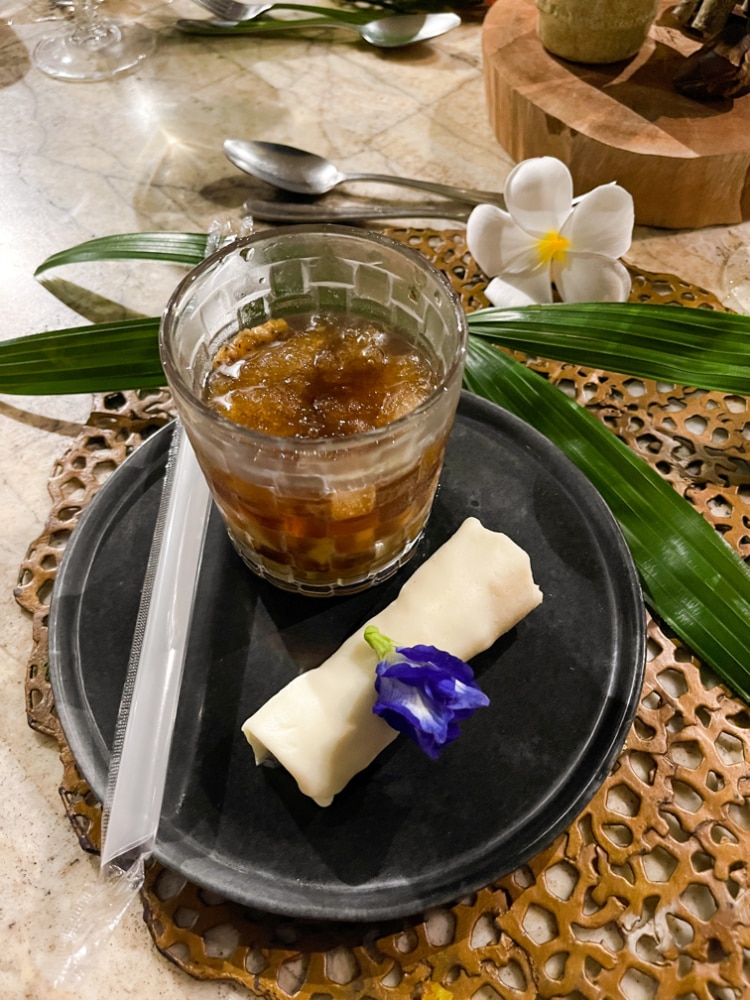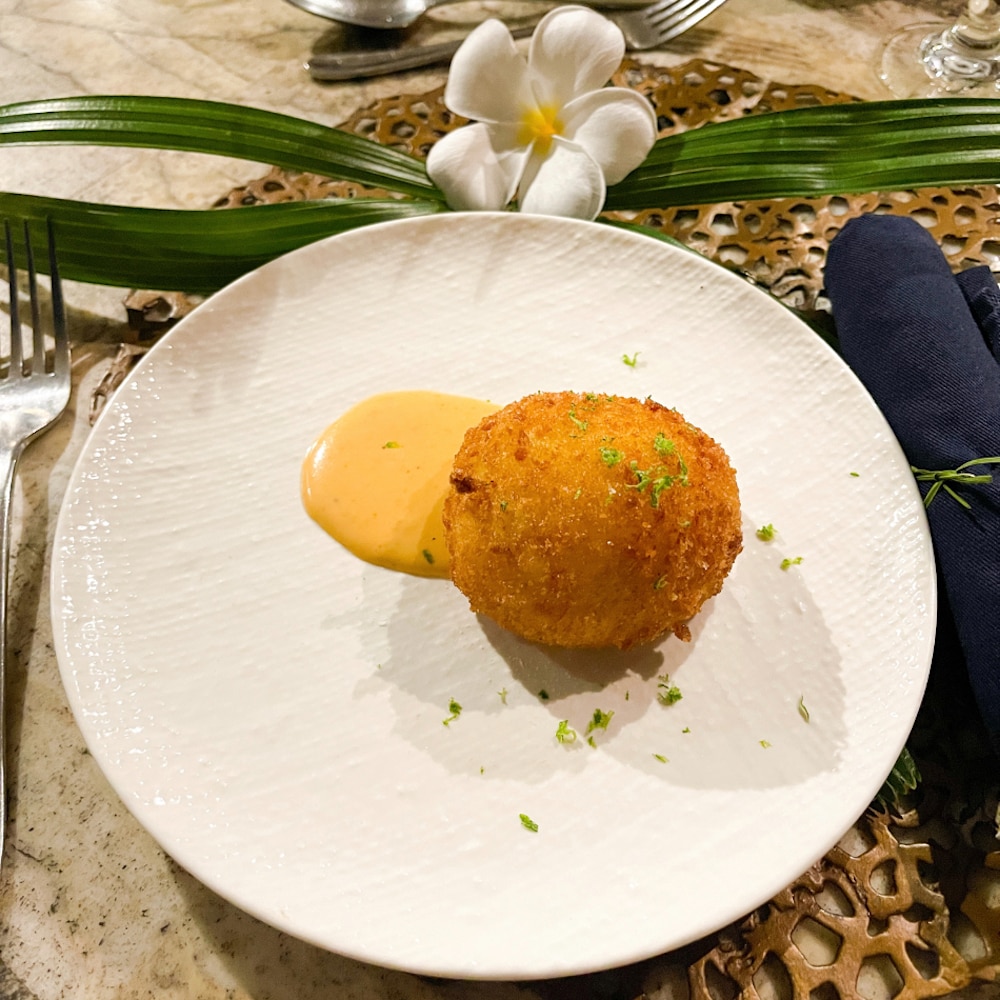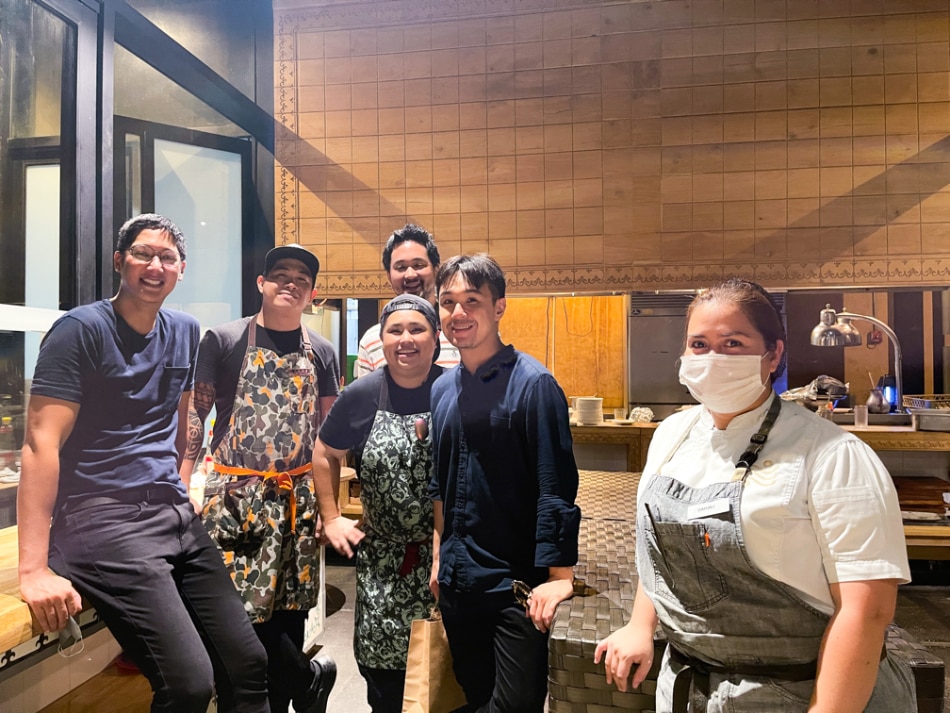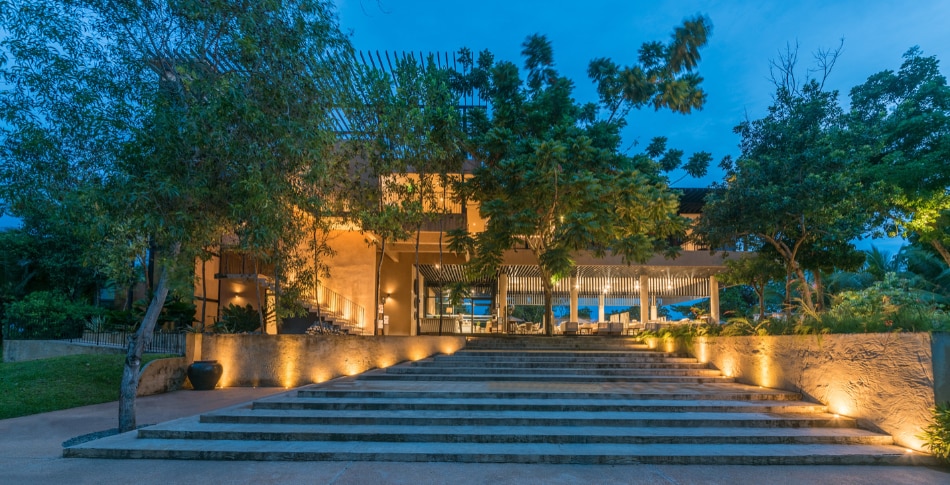If you’re planning a trip to Bohol in the coming months, we recommend you schedule it right around the time Panglao’s prized jewel Amorita Resort is staging Beats, or Bohol Eats. It’s a special event that enlists some of the country’s best culinary talents to come up with a unique one-night-only dinner menu—which, needless to say, guests get to partake of in Amorita’s breezy, romantic seaside setting.
We caught its latest edition a weekend ago—we were part of a group of media flown in by Cebu Pacific—and it was an education in lesser known Filipino specialties and ingredients from Ilocos Norte to Tawi-Tawi. The chefs in charge were Angelo Comsti, food columnist and author of the National Book Awards nominee “Also Filipino: 75 Regional Dishes I Never Had Growing Up,” and his friend, Singapore’s Bryan Koh, co-founder of the Lion City’s popular cake shop Chalk Farm, and writer of the well-loved “Milkier Pigs and Violet Gold,” a memoir of his explorations on food from the Philippines.
Comsti and Koh are both storytellers. Which actually make them fitting chefs for Beats. Not only are they passionate about exploring the flavors and traditions that make up Southeast Asian cuisine, they love the narratives behind them, and both seem to get a kick out of sharing the stories through their food and their writing.
Comsti got his start in the food industry by way of a magazine job that immersed him in the local food scene. After meeting members of its community who were very generous with recipes, and discovering the camaraderie among its chefs, the writer fell in love with their world, eventually inspiring him to take up culinary studies abroad and forging a career in the food business as soon as he was back home.
Bryan, meanwhile, has been eating Filipino food since he was two, thanks to a Pinay nanny who made sinigang and adobo and pinakbet and igado (she is Ilocano) as familiar in the Koh household as the Singaporean dishes he grew up with. At around 6 or 7, he was already active in the kitchen but only took food quite seriously in his late teens when he started cooking for friends. Later on, he would miss the Filipino food of his younger days and this would spark an interest to learn more about the cuisine of the Philippines.
It was both Comsti’s and Koh’s first time to cook for a Philippine audience (and their first time to cook together), and for Bohol Eats they knew they wanted to highlight dishes less familiar to local ears and tastebuds. (While they didn’t see the need to focus too much on Visayan dishes because Boholanos would already be familiar with them, they still employed ingredients available in Bohol.) The cocktail chow they prepared set the tone for the culinary adventure that awaited our palates: Comsti served chopped pork cooked in pineapple juice and soy sauce, inspired by Bulacan’s Tiim. He served his take on a lettuce cup— perfect for the al fresco setting—with spicy mangoes and peanuts.
Koh, for his part, came up with Maranao coconut and shrimp cakes with palapa—a condiment from Lanao del Sur—turmeric, chili, ginger and garlic, served with a smoked vinegar from Ilocos. They were delicious accompaniments to the Don Papa rum cocktails and the entertainment provided by a local dance group who opened the party with a number inspired by the movements of the Philippine tarsier, a creature very much part of Bohol iconography.
The dinner itself began with Koh’s version of Lowal from Tawi-Tawi, which is essentially kinilaw with octopus and coconut milk. Its the Singaporean’s strongest dish for the evening—delectable, refreshing and when it comes to spiciness, a real waker-upper. Taken with his earlier coconut and shrimp cake, it suggests a fearlessness in Koh when it comes to presenting flavors (he once described his cakes as “bold”). This guy is not afraid to leave a mark on your palate.
Comsti, on the other hand, is one who knows which buttons to push when it comes to pleasing his diner: he shows this in his very satisfying, multi-textured take on Sulu’s tiyula itum, which is very dark and very tender ribs braised in lemongrass and burnt coconut broth (tiyula itum is actually a kind of soup usually served to royalty in the South), served with a siding of mashed squash garnished with chicharon. He followed this up with a sweet and refreshing iced drink perfect for the warm evening, inspired by Ilocos Norte’s inkalti—a dessert made of sweet potato, bilo-bilo, banana and arnibal. The older diners will find it nostalgic, the younger ones will be reminded of the boba in their favorite milk tea.
This is already the 10th edition of Beats, and is the first four hands dinner in the lineup. Over the past two years there’s been Robby Goco, Jordy Navarra, Margarita Forés, Josh Boutwood, Florabel Co-Yatco, Amorita’s own Sarah Melgar and current executive chef Greg Villalon. But the first two were kind of restaurant takeovers featuring Bohol favorites Bougainvillea and Sisa.
To be sure, each of those evenings offered its own kind of culinary escapade. But hearing Comsti and Koh—isn’t that a tandem that already rings of future blockbuster collaborations?—introduce their dishes to the crowd of 80 diners gathered at Amorita’s poolside restaurant Saffron, it was like joining them on their travels and being privy to their moments of discovery. Which ultimately made partaking of their food a richer, more rewarding experience.
[Bohol Eats happens every two to three months. The next one is scheduled this September 10. Meanwhile, catch Angelo Comsti in the food and travel show The Crawl Singapore on Metro Channel.]


